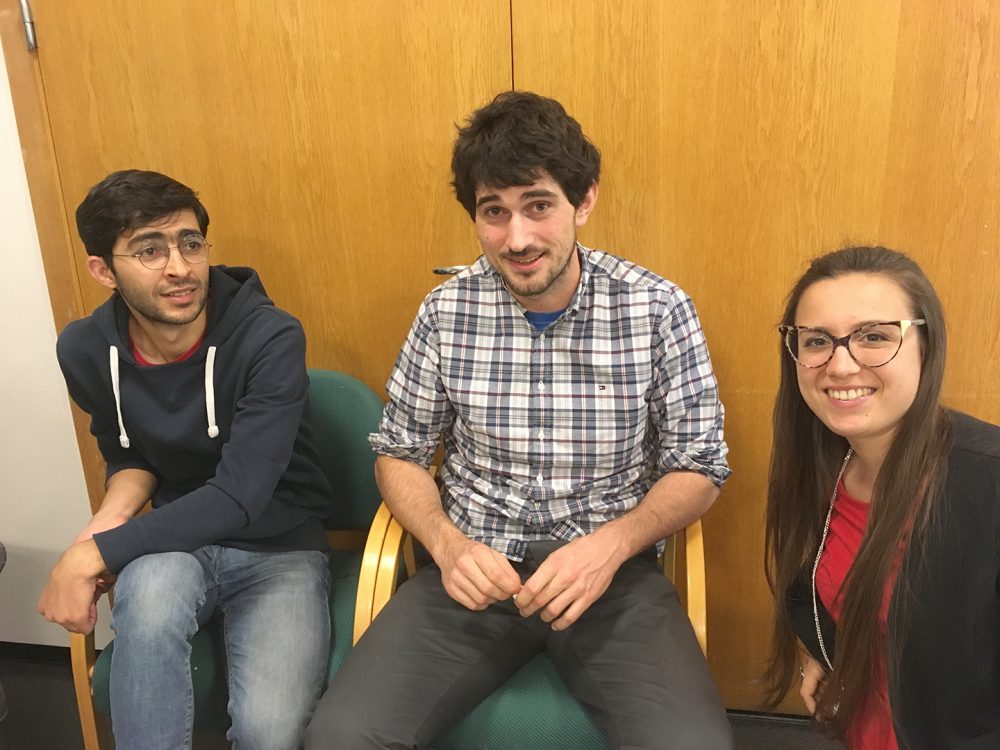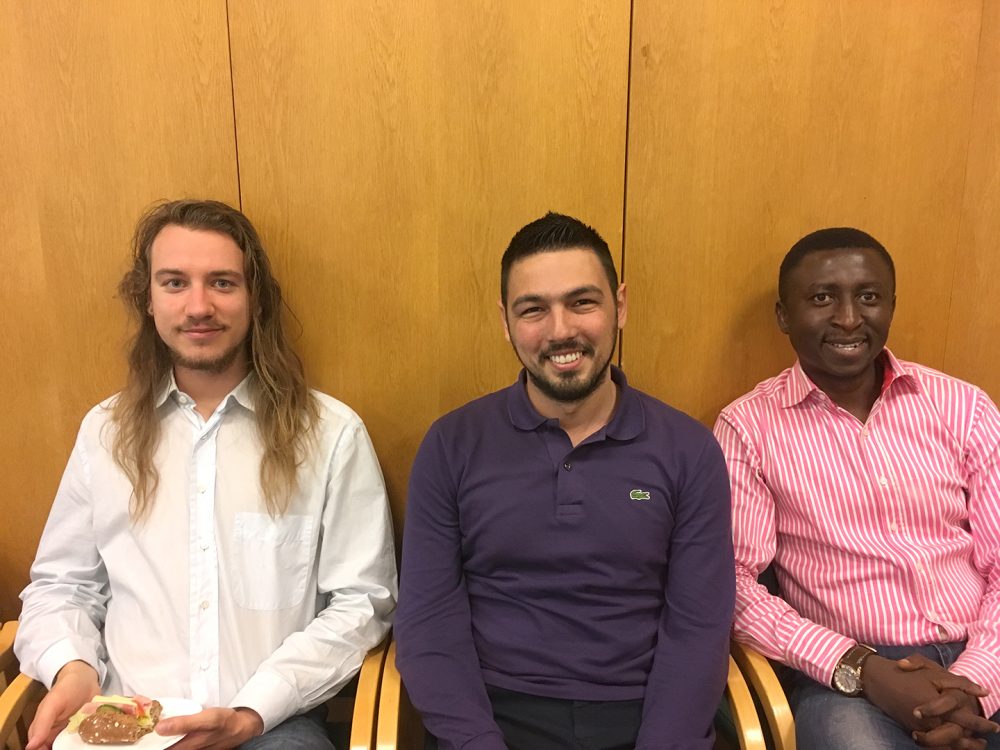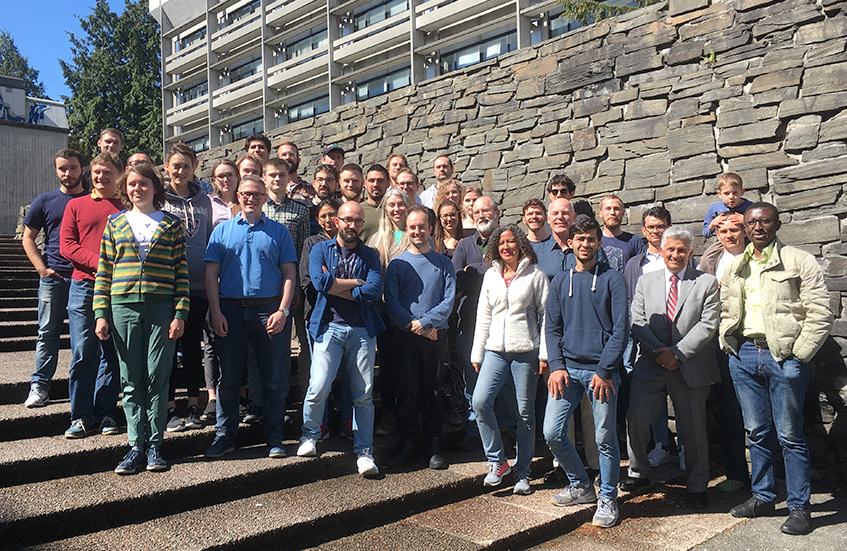“Atmospheric Electricity and Hard Radiation from Thunderclouds” was the topic of the week-long research school that was conducted by BCSS. The school was organized on the basis of Group 4’s research work.
Between May 20-24, 32 students (Master’s and early career scientists) from 22 institutions in 14 countries attended the school. The students will be required to turn in project work six weeks after the conclusion of the course.
The students themselves gave introductory presentations on basic materials. Lectures on more advanced topics were held by Dr. Vernon Cooray of Uppsala University, Sweden, Dr. Joseph Dwyer of the University of New Hampshire, US, and Dr. Hamid Rassoul of the Florida Institute of Technology.
Dr. Cooray is an expert on the plasma physics of lightning and has written a textbook on the subject. Dr. Dwyer’s area of expertise covers theories on terrestrial gamma ray flashes; he has been in the forefront of this research for the last 15 years. Dr. Rassoul, in collaboration with Dr. Dwyer, has reported on TGF research in Florida– including active experiments with rocket launches into thunderclouds to produce triggered lightning–for the last 15 years.
Given the positive feedback from the school attendees, Center leader Nikolai Østgaard sees every reason to hold similar schools in the coming years. He says, “BCSS’ goal should not just be to focus on world-class research but also to educate the next generation of scientists, not just in Norway, but internationally.”
Details about the course and study materials can be found here.
Feedback from some of the attendees
“The atmosphere was very friendly and welcoming and the size of the group was optimal. It was easy to connect to other attendees and lecturers.”
“All the presenters were excellent. They were able to communicate to a spectrum of backgrounds–from Master’s-level students to postdocs–in a very inclusive way. Dr. Cooray, for example, very elegantly included basic-level information without losing the attention of more advanced students among the attendees.“
“The presenters were very approachable but it would have been good to have more time for questions/answers.”
“It was a good idea to have student presentations as an ice-breaker.”

Left: Ekaterina Svechnikova (Inst. of Applied Physics of the Russian Academy of Sciences). Right: Julia Tilles (Dept. of Physics and Space Science, Univ. of New Hampshire)

Left: Paweł Jujeczko (Space Research Centre of Polish Academy of Sciences). Right: Artem Novikov (Dept. of Physics, Moscow State University)

Left, and Center, respectively: Amirhossein Mostajabi and Antonio Sunjerga (Swiss Federal Institute of Technology). Right: Carolina Maiorana (Birkeland Centre for Space Science, Univ. of Bergen)

Left: Anthony Schmalzried (Instituto Astrofísico Andalucía, Spain). Center: Athanasios Karagioras (Democritus University of Thrace, Greece). Right: Stanislaus Nnadih (Univ. of Cape Town, South Africa)

Left: Thomas Produit (Université de Genève, Switzerland). Right: Mélody Pallu (Univ. of Orleans, France)




